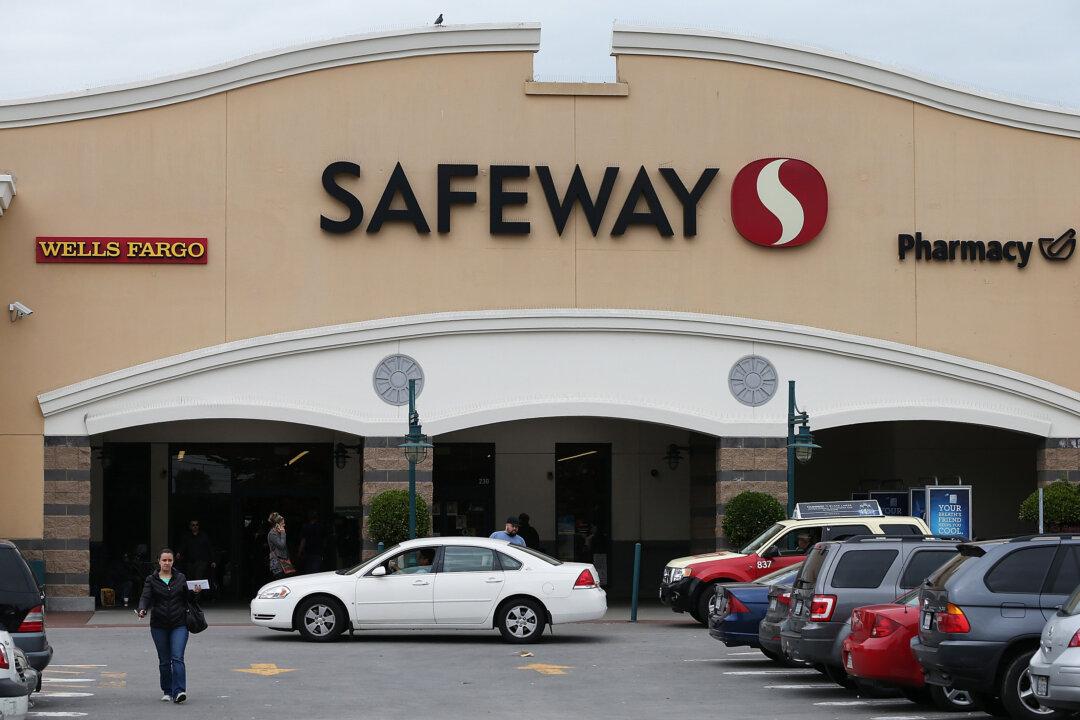SAN FRANCISCO—A proposed ordinance requiring grocery stores to give a six-month notice before closing their doors seeks to resurrect a 1984 law that was vetoed by Mayor Dianne Feinstein at the time.
The ordinance aims to secure access to groceries for seniors and families within their own community.





